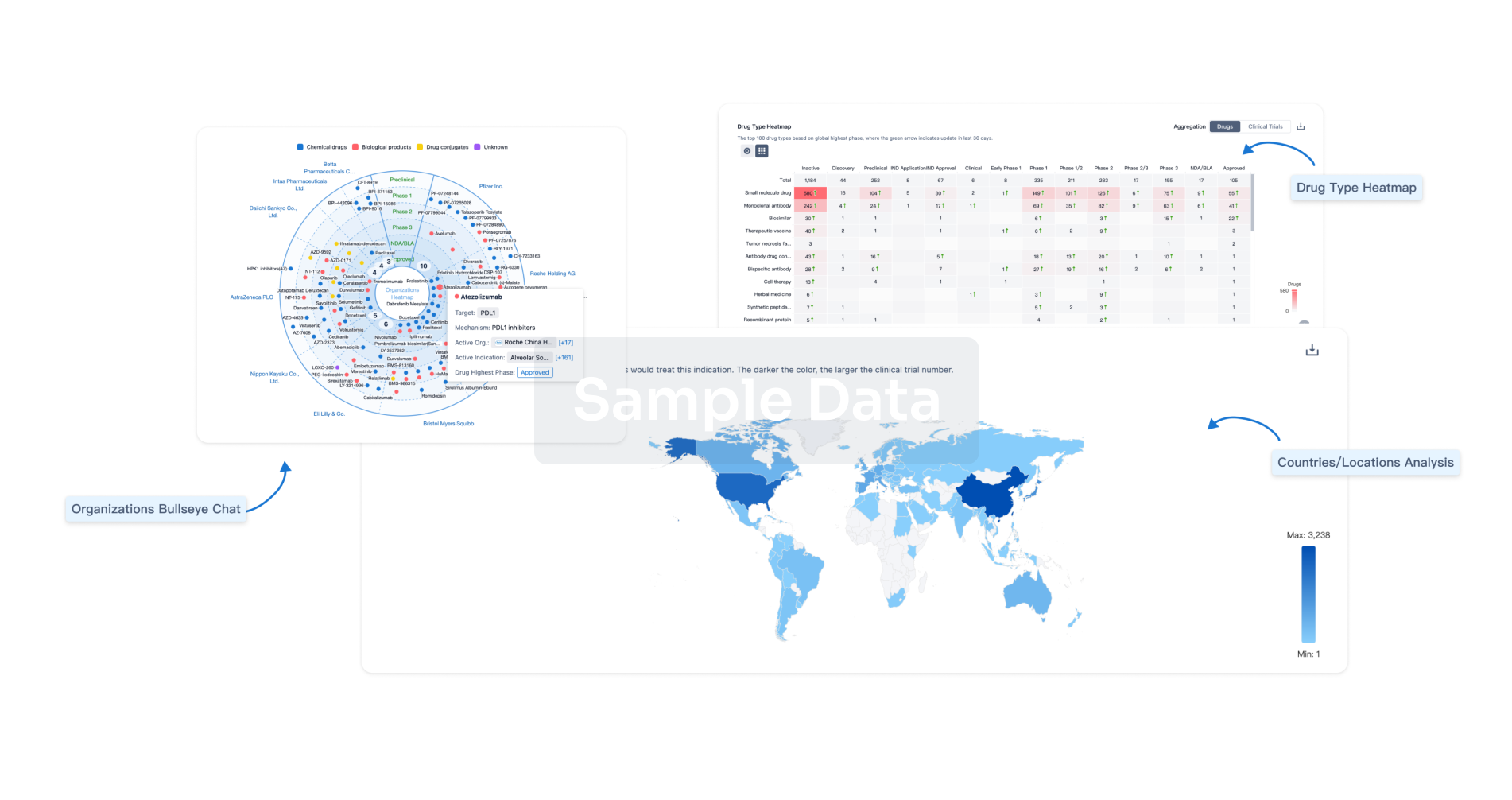Request Demo
Last update 08 May 2025
Noonan Like Syndrome
Last update 08 May 2025
Basic Info
Synonyms NOONAN-LIKE/MULTIPLE GIANT CELL LESION SYNDROME (disorder), Noonan Syndrome With Pigmented Villonodular Synovitis, Noonan like syndrome + [2] |
Introduction- |
Related
100 Clinical Results associated with Noonan Like Syndrome
Login to view more data
100 Translational Medicine associated with Noonan Like Syndrome
Login to view more data
0 Patents (Medical) associated with Noonan Like Syndrome
Login to view more data
94
Literatures (Medical) associated with Noonan Like Syndrome17 Mar 2025·Zhonghua er ke za zhi = Chinese journal of pediatrics
[Clinical characteristics analysis of children with Noonan-like syndrome with loose anagen hair].
Article
Author: Song, F Y ; Shangguan, S F ; Liu, Z Q ; Lai, J M ; Ye, X ; Huang, S Y ; Gao, K ; Wang, X O ; Wang, P C ; Du, M
01 Jul 2024·Translational Pediatrics
Noonan syndrome and Noonan-like syndrome with loose anagen hair: rare phenotypes may emerge during follow-up
Article
Author: Lai, Jianming ; Liu, Ziqin ; Song, Fuying
01 May 2024·Clinical Genetics
The first case of a point pathogenic variant in the RREB1 gene in Noonan‐like Rasopathy
Article
Author: Shatokhina, Olga ; Bostanova, Fatima ; Bulakh, Maria ; Beresneva, Anastasia ; Ryzhkova, Oxana
Analysis
Perform a panoramic analysis of this field.
login
or

AI Agents Built for Biopharma Breakthroughs
Accelerate discovery. Empower decisions. Transform outcomes.
Get started for free today!
Accelerate Strategic R&D decision making with Synapse, PatSnap’s AI-powered Connected Innovation Intelligence Platform Built for Life Sciences Professionals.
Start your data trial now!
Synapse data is also accessible to external entities via APIs or data packages. Empower better decisions with the latest in pharmaceutical intelligence.
Bio
Bio Sequences Search & Analysis
Sign up for free
Chemical
Chemical Structures Search & Analysis
Sign up for free